We ask you, urgently: don't scroll past this
Dear readers, Catholic Online was de-platformed by Shopify for our pro-life beliefs. They shut down our Catholic Online, Catholic Online School, Prayer Candles, and Catholic Online Learning Resources essential faith tools serving over 1.4 million students and millions of families worldwide. Our founders, now in their 70's, just gave their entire life savings to protect this mission. But fewer than 2% of readers donate. If everyone gave just $5, the cost of a coffee, we could rebuild stronger and keep Catholic education free for all. Stand with us in faith. Thank you.Help Now >
How a New Pope Is Elected
FREE Catholic Classes
When a pope passes away or resigns, the Catholic Church follows a sacred process to choose his successor.
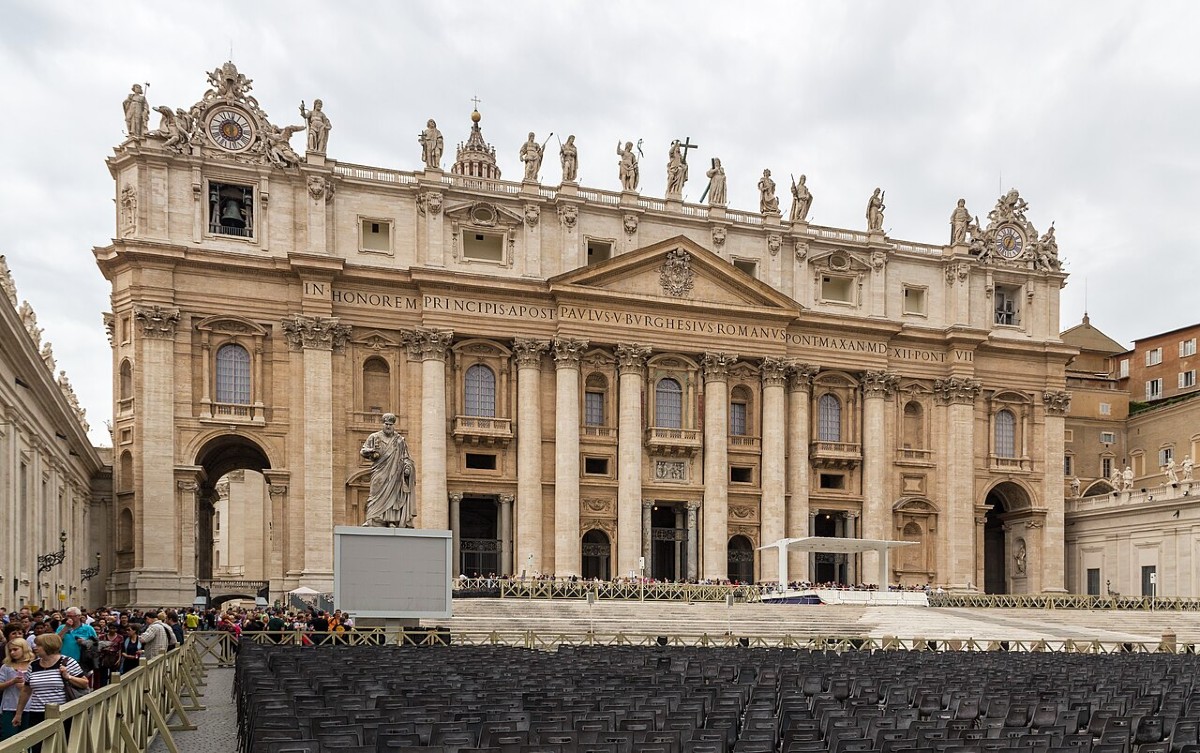
(Wikimedia Commons)
Highlights
2/20/2025 (1 month ago)
Published in Living Faith
Keywords: Pope, Catholic Pope, Pope Election Process, Papal Conclave
This process is called a papal conclave, and it has been used for centuries to ensure that the next pope is chosen through prayer and guidance from the Holy Spirit.
When Does the Process Begin?
After a pope passes away, there is a nine-day mourning period called novendiales, during which the Church prays for his soul. However, preparations for the conclave begin almost immediately. If the pope resigned instead of passing away (as Pope Benedict XVI did in 2013), the process starts soon after his resignation takes effect.
The conclave must begin between 15 and 20 days after the pope's passing or resignation. This allows time for all the cardinals to travel to Vatican City.
Who Chooses the Next Pope?
The new pope is chosen by the College of Cardinals--a group of senior bishops from around the world. Only cardinals under the age of 80 are eligible to vote, and they gather in St. Peter's Basilica before proceeding to the Pauline Chapel, where they sing Veni Creator Spiritus (Come, Creator Spirit), asking for the guidance of the Holy Spirit. Finally, they enter the Sistine Chapel, where the voting takes place under Michelangelo's famous ceiling.
There are usually around 115 voting cardinals from different parts of the world, including Europe, the Americas, Africa, and Asia.
How Long Does the Conclave Last?
A conclave typically lasts one to three days, but it can go longer if there is difficulty reaching a decision. Most modern conclaves are relatively quick--Pope Benedict XVI was elected on the fourth ballot in 2005. However, in 1831, the election took 54 days to conclude.
How Does the Voting Work?
The cardinals take an oath of secrecy and are locked inside the Vatican until a new pope is chosen. They pray, discuss, and then vote by secret ballot.
- A two-thirds majority is required for a candidate to be elected pope.
- If no one is chosen after multiple rounds, the process continues with more discussions and prayers.
Each day, up to four rounds of voting take place--two in the morning and two in the afternoon. If no pope is elected after three days, the cardinals pause for prayer and reflection before resuming voting. If the deadlock continues, additional measures, such as narrowing the vote to the top two candidates, may be taken.
Each time they vote, the ballots are burned:
- If no pope is chosen, black smoke (created by burning the ballots with special chemicals) rises from the Vatican chimney. This tells the world that the Church is still in deliberation.
- When a pope is elected, white smoke appears, signaling that a new leader of the Church has been chosen!
What Happens After a Pope Is Elected?
Once a cardinal receives enough votes, he is asked if he accepts the role. If he does, the Cardinal Dean asks him:
"Quo nomine vis vocari?" (By what name do you wish to be called?)
The new pope chooses a papal name, which is then officially recorded.
He is then led to a small room next to the Sistine Chapel, known as the "Room of Tears." This is where he puts on his white vestments before being introduced to the world. The room gets its name because many newly elected popes feel overwhelmed by the responsibility they are about to take on.
Finally, the senior Cardinal Deacon steps onto the balcony of St. Peter's Basilica and proclaims to the crowd:
"Annuntio vobis gaudium magnum: Habemus Papam!" -- Latin for "I announce to you a great joy: We have a Pope!"
The new pope then steps onto the balcony and gives his first blessing, Urbi et Orbi ("To the City and the World"), to the faithful gathered in St. Peter's Square and watching around the world.
The election of a pope is a deeply prayerful and sacred event. It ensures that the leader of the Church is chosen not through politics or ambition, but through faith and the guidance of the Holy Spirit. Catholics around the world wait in joyful anticipation, praying for wisdom for the cardinals and for the new shepherd who will lead Christ's flock.
Join the Movement
When you sign up below, you don't just join an email list - you're joining an entire movement for Free world class Catholic education.
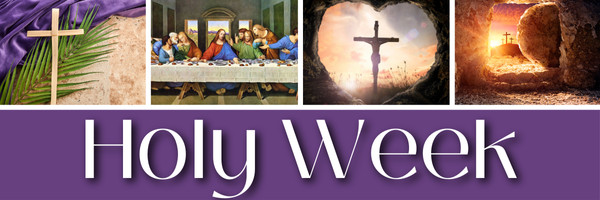
-

- Stations of the Cross
- Easter / Lent
- 5 Lenten Prayers
- Ash Wednesday
- Living Lent
- 7 Morning Prayers
- Mysteries of the Rosary
- Litany of the Bl. Virgin Mary
- Popular Saints
- Popular Prayers
- Female Saints
- Saint Feast Days by Month
- Pray the Rosary
The Sacred Triduum: Holy Thursday, Good Friday and Easter. The Mystery of Faith
The Silent Love of Holy Thursday
UK Supreme Court Stands Firm, ‘Woman’ Means Biological Female
Daily Catholic
 Daily Readings for Thursday, April 17, 2025
Daily Readings for Thursday, April 17, 2025 St. Anicetus: Saint of the Day for Thursday, April 17, 2025
St. Anicetus: Saint of the Day for Thursday, April 17, 2025 Prayer to Love God above all Things: Prayer of the Day for Thursday, April 17, 2025
Prayer to Love God above all Things: Prayer of the Day for Thursday, April 17, 2025 Daily Readings for Wednesday, April 16, 2025
Daily Readings for Wednesday, April 16, 2025 St. Bernadette: Saint of the Day for Wednesday, April 16, 2025
St. Bernadette: Saint of the Day for Wednesday, April 16, 2025- Prayer for our Family #1: Prayer of the Day for Wednesday, April 16, 2025
![]()
Copyright 2025 Catholic Online. All materials contained on this site, whether written, audible or visual are the exclusive property of Catholic Online and are protected under U.S. and International copyright laws, © Copyright 2025 Catholic Online. Any unauthorized use, without prior written consent of Catholic Online is strictly forbidden and prohibited.
Catholic Online is a Project of Your Catholic Voice Foundation, a Not-for-Profit Corporation. Your Catholic Voice Foundation has been granted a recognition of tax exemption under Section 501(c)(3) of the Internal Revenue Code. Federal Tax Identification Number: 81-0596847. Your gift is tax-deductible as allowed by law.


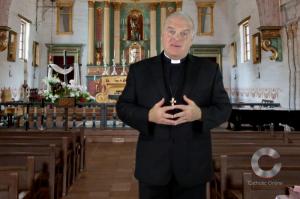 Daily Readings for Thursday, April 17, 2025
Daily Readings for Thursday, April 17, 2025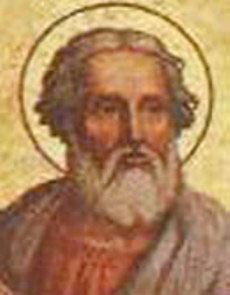 St. Anicetus: Saint of the Day for Thursday, April 17, 2025
St. Anicetus: Saint of the Day for Thursday, April 17, 2025 Prayer to Love God above all Things: Prayer of the Day for Thursday, April 17, 2025
Prayer to Love God above all Things: Prayer of the Day for Thursday, April 17, 2025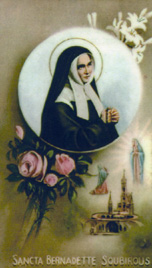 St. Bernadette: Saint of the Day for Wednesday, April 16, 2025
St. Bernadette: Saint of the Day for Wednesday, April 16, 2025


